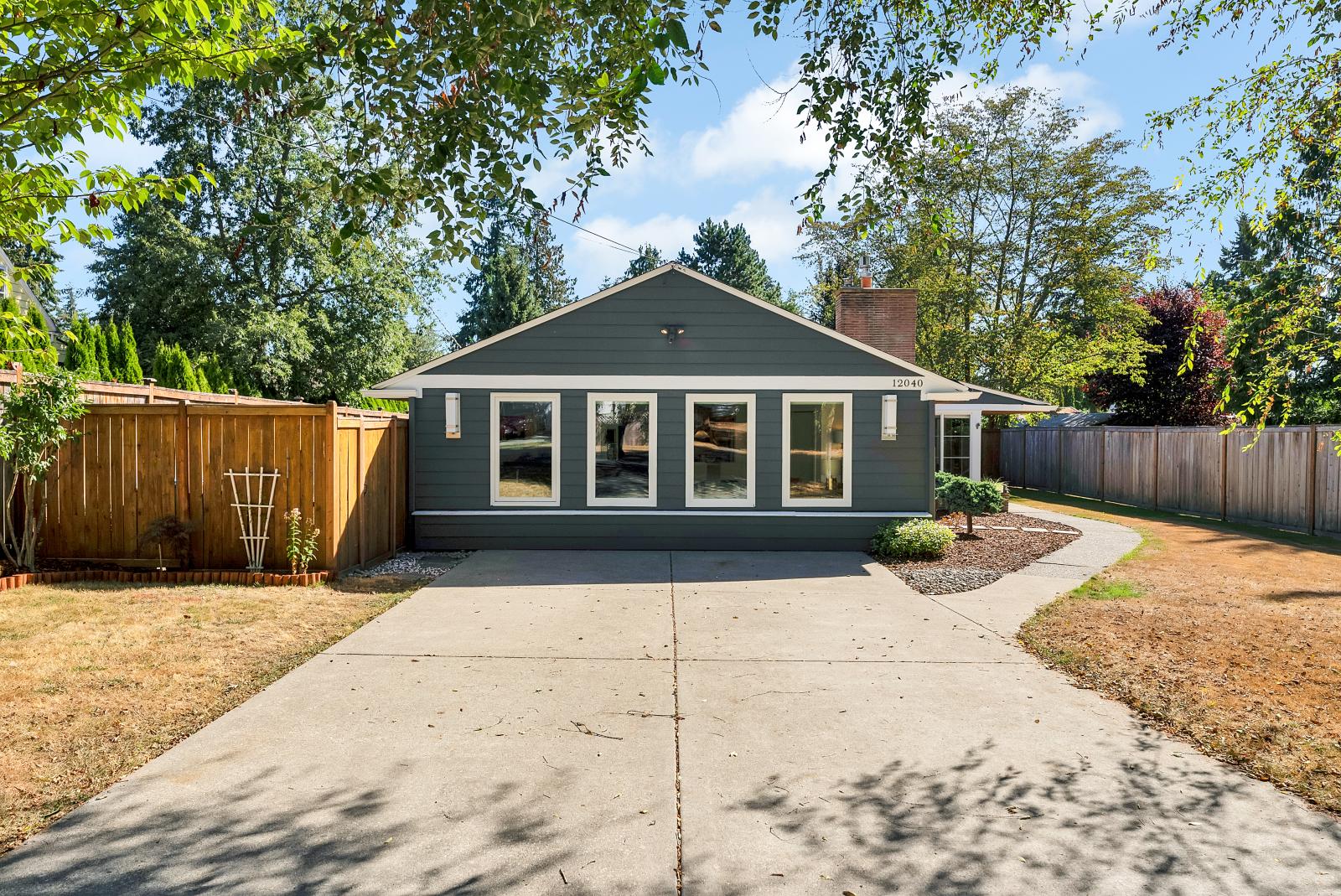Notifications

6 minutes, 42 seconds
-12 Views 0 Comments 0 Likes 0 Reviews

When you step into an older home, the charm is often irresistible—vintage hardware, unique architectural details, and a sense of character that new builds sometimes lack. However, before choosing paint colours or browsing tiles, it's essential to address one key priority: safety. Home improvement Seattle professionals often recommend starting with electrical wiring and plumbing systems. Outdated systems can pose fire hazards, water damage risks, or simply lead to inefficient energy use.
Start with a full inspection. Hire a licensed home inspector or contractor to assess your electric panel, fuse box, outlets, and visible pipes. Even if everything “looks fine,” a deep dive into the bones of the home often reveals hidden issues that should take precedence.
Older homes often have outdated HVAC systems—or none at all. If you're sweating in summer and shivering in winter, it's time to invest in modern heating and cooling. Many homes in the Pacific Northwest, especially in Seattle, were built before central air conditioning was standard. An energy-efficient system not only increases comfort but also saves money in the long run.
Don’t forget insulation. Walls, attics, and crawl spaces in older homes often lack adequate insulation. Upgrading this can significantly reduce your energy bills and make your home more livable year-round.
Bathrooms in older homes often show their age—mismatched tiles, outdated vanities, and water-wasting fixtures. Renovating the bathroom early on has two major benefits: it increases functionality and adds resale value.
Start with the basics. Ensure plumbing is in good condition, then move on to high-efficiency toilets, water-saving shower heads, and a clean, cohesive design. A fresh bathroom not only looks great but sets the tone for future upgrades.
While kitchens are often high on the renovation list, they don’t always need a complete overhaul right away. Focus on function first. Are the appliances ancient? Is the layout awkward? Start with improvements that enhance day-to-day usability, like replacing a clunky stove or upgrading to soft-close drawers.
If the cabinetry is structurally sound, a fresh coat of paint and new hardware can do wonders. Countertops and backsplashes can come later unless they’re damaged or pose hygiene concerns.
Flooring in older homes can range from stunning hardwood to stained carpet. Depending on your lifestyle (pets, kids, allergies), upgrading the floors can be an early priority. Refinished hardwood floors can breathe new life into your space, while luxury vinyl or laminate can offer a durable and cost-effective alternative.
If you’re planning multiple upgrades, consider how flooring fits into the timeline. It’s best done after electrical and plumbing work but before new furniture or decor comes in.
Replacing old windows and doors might not seem urgent, but they play a huge role in energy efficiency and comfort. Drafty windows lead to higher heating bills, and doors that stick or creak can make daily life frustrating.
In Seattle's damp climate, moisture-resistant materials are a must. Choose double-pane, energy-efficient windows to keep the warmth in and the rain out. This is a key focus in home improvement Seattle projects where weatherproofing is essential.
It's tempting to paint walls, hang art, and buy new furniture the minute you move in. But cosmetic updates are best left for last. After all, your taste might evolve once you’ve lived in the space for a while. Plus, painting over drywall that later gets opened for electrical work is a waste of time and money.
Once the structural and functional issues are handled, you can confidently move on to decorating. Choose colours and styles that reflect your personality and the home's character—then sit back and enjoy the results.
Everyone's renovation timeline looks different. If you work from home, creating a functional office might take precedence. If you love entertaining, the kitchen could become the star of the show. Prioritise upgrades that improve your quality of life while staying within budget.
It’s also wise to leave a buffer for unexpected expenses. Older homes often come with surprises, and flexibility will save you stress when something unforeseen pops up.
Renovating an older home can feel overwhelming, but it doesn't have to be. With a thoughtful approach and smart planning, you can create a beautiful, functional space that honours the past while embracing the present.
Remember, you're not just upgrading a house—you’re building a home. Take it step by step, and enjoy the journey.

